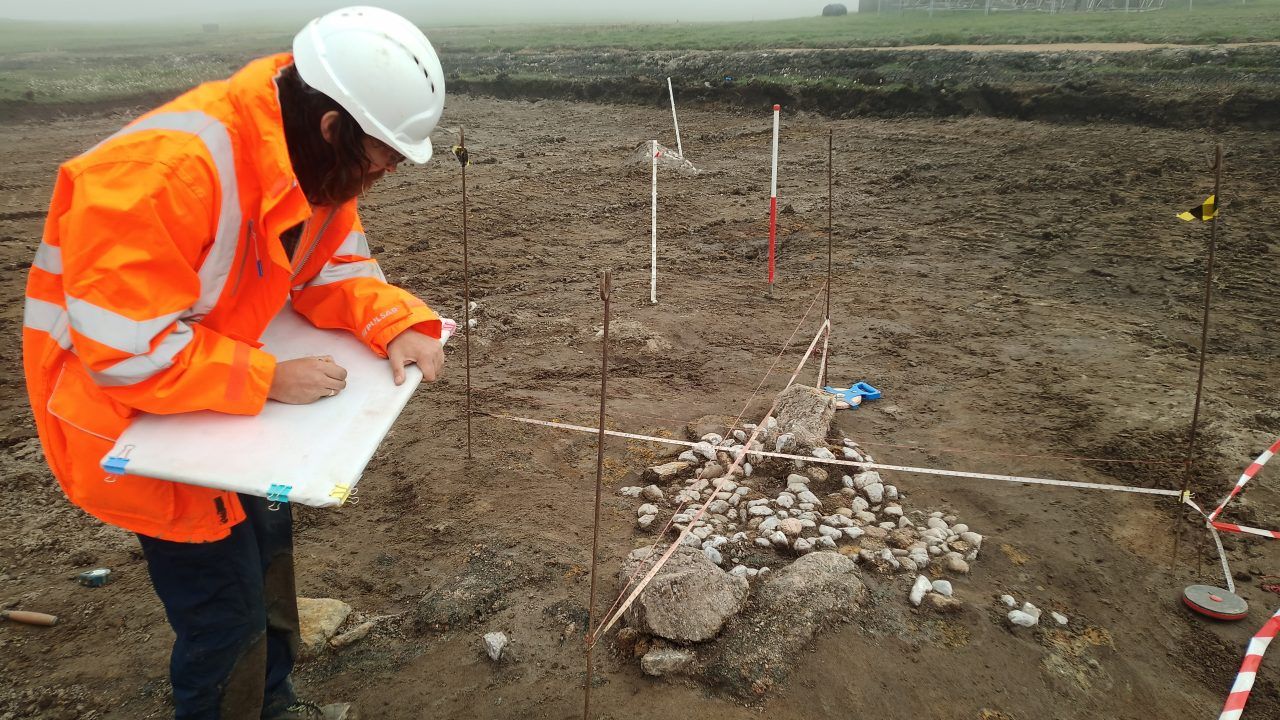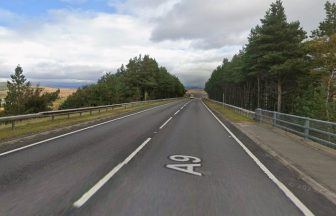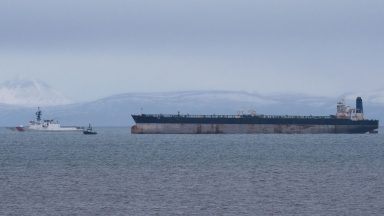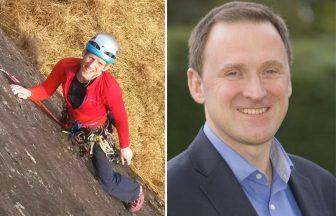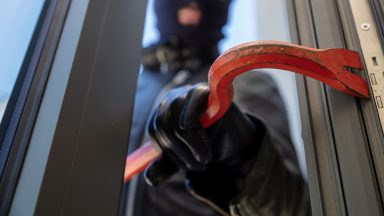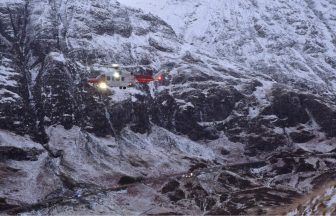The remains of what may have been an Early Bronze Age ritual cremation cemetery have been found on the SaxaVord Spaceport site.
The discovery was made during groundworks for the next phase of Europe’s premier rocket launch site on the Lamba Ness peninsula in Unst, Shetland.
Several features, including pits, large boulders and cremations (or deposits of burnt bone) have been uncovered along with a quartz setting – which is often associated in prehistory with burial tombs.
Excavation is at a very early stage, but the hypothesis of the archaeologists working on the site is that the remains may date from around 2200-1800 BC.
The discovery, which presents archaeologists with a unique opportunity to study rare evidence of the prehistoric inhabitants of Shetland, will not hamper development at the spaceport.
Dr Val Turner, Shetland’s regional archaeologist, said: “I’ve always suspected that some of Shetland’s rings of boulders and low stones found could in fact be Bronze Age cremation cemeteries, so it is hugely exciting to be proved right.
“The Bronze Age is perhaps the period of Shetland’s past which we know least about and this is a wonderful opportunity to change that. With the modern techniques available now, we can potentially find out far more about the individuals who lived and died here than we could have discovered even 20 years ago. Hats off to the archaeologists from AOC who spotted this in the watching brief.”
SaxaVord Spaceport CEO Frank Strang said: “This is a tremendously exciting discovery and we will be supporting further study of the remains to find out the full story.
“With Unst’s Viking heritage, we had always thought of the timespan from the longship to the spaceship. Now we know there has been activity on our site for more than 4,000 years it’s the Bronze Age to the Space Age.”
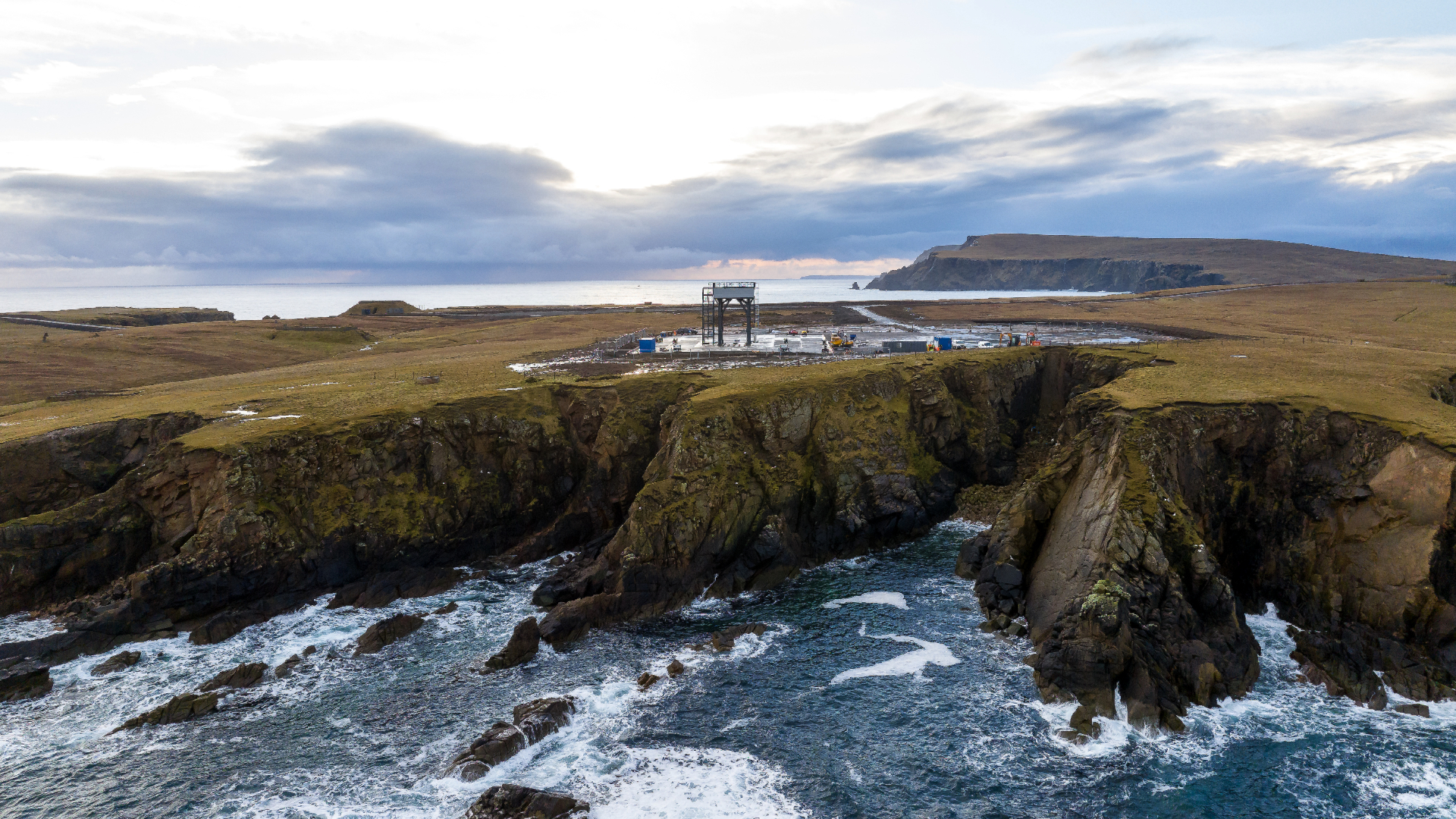 RFA
RFAKatie O’Connell of AOC Archaeology, which has assessed the whole site for SaxaVord Spaceport, said: “The several deposits of burnt bone which have been found are likely associated with the remains of cremation deposits. The number and density of cremations suggest that the location of their discovery was likely a cremation cemetery that may have been in continuous use over time in prehistory.
“A standout feature uncovered so far is the remains of a quartz setting. White quartz is often suggested to have had significance in prehistory and is found in association with burial tombs, rock art panels, and deposited carefully at domestic sites.
“At the Spaceport, quartz pebbles have been found in a hollow, with larger stones at each end. These stones would have been carefully selected and placed to form this bright white platform.
“The purpose of this platform is unknown at the moment; however, it may have been associated with a burial that has not survived.
“Large boulders of the local Skaw granite have been found placed in some of the pits and are aligned forming a broad arc. Large pits in between the boulders may have once held stones that have become removed or displaced over the intervening millennia. Further large pits are scattered across the area suggesting multiple uses of the site over time.
“Though excavation is only beginning, there may be a relation between the large stones, alignments of pits, the quartz setting, and the cremation cemetery, suggesting that together these form part of a ritual complex.”
At the northernmost tip of the UK, the former RAF base is weeks away from official recognition as a spaceport ready to launch satellites into orbit.
A 12m-high rocket launch stool is already in place as well as hangars and launch pads under construction.
The first lift-off will be a sub-orbital rocket made by German company HyImpulse, currently expected around October this year.
In April 2024, another German firm – Rocket Factory Augsburg – aims to achieve the first-ever orbital satellite launch from European soil after blasting off from a launch pad called Fredo at SaxaVord.
Follow STV News on WhatsApp
Scan the QR code on your mobile device for all the latest news from around the country


